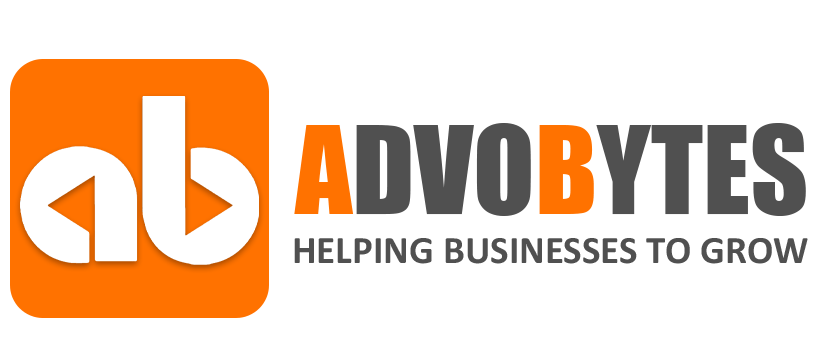Digital marketing tactics are essential tools for businesses aiming to engage their audience, convert leads into customers, and ultimately succeed in today’s competitive landscape. At the core of effective digital marketing lies the ability to engage with target audiences across various online channels. This involves creating compelling content that resonates with your audience’s interests, needs, and pain points. Whether through social media posts, blog articles, or interactive videos, engaging content serves as the foundation for building meaningful relationships with potential customers. Once engagement is established, the next step is to convert these leads into paying customers. This requires strategic use of tactics such as email marketing, pay-per-click advertising, and search engine optimization to guide prospects through the buyer’s journey and encourage them to take action. By delivering personalized messages, showcasing product benefits, and providing seamless user experiences, businesses can effectively move prospects down the sales funnel and drive conversions. However, digital marketing success doesn’t end with conversion; it extends to achieving long-term growth and sustainability. To succeed in the digital realm, businesses must continually analyze data, optimize campaigns, and adapt to evolving trends and consumer behaviors. By staying agile, innovative, and customer-focused, businesses can position themselves for sustained success in the ever-changing digital landscape. In conclusion, digital marketing tactics play a crucial role in engaging audiences, converting leads, and ultimately achieving business objectives. By prioritizing engagement, optimizing conversion paths, and embracing a data-driven approach, businesses can unlock the full potential of digital marketing and position themselves for long-term success.

Certainly! Here are 15 digital marketing tactics aimed at engaging audiences, driving conversions, and ultimately achieving success:
- Content Marketing: Develop high-quality, relevant content across various formats (blogs, videos, infographics) to educate and engage your target audience.
- Search Engine Optimization (SEO): Optimize your website and content to rank higher in search engine results, increasing organic traffic and visibility.
- Social Media Marketing: Utilize platforms like Facebook, Instagram, Twitter, and LinkedIn to connect with your audience, share valuable content, and build brand awareness.
- Email Marketing: Craft personalized and targeted email campaigns to nurture leads, retain customers, and drive conversions.
- Pay-Per-Click (PPC) Advertising: Launch targeted ad campaigns on platforms like Google Ads and social media to drive traffic, leads, and sales.
- Influencer Marketing: Collaborate with influencers in your industry to reach new audiences, build credibility, and drive engagement.
- Video Marketing: Create engaging video content to tell your brand story, showcase products/services, and connect with consumers on a more personal level.
- Chatbots and AI: Implement chatbots on your website and social media channels to provide instant support, answer queries, and guide users through the buyer’s journey.
- Website Optimization: Improve website speed, usability, and design to enhance user experience and increase conversions.
- Mobile Marketing: Optimize your digital assets for mobile devices to reach users on-the-go and capitalize on the growing mobile audience.
- Remarketing: Retarget website visitors and past customers with personalized ads to encourage return visits and conversions.
- Interactive Content: Create interactive content such as quizzes, polls, and contests to engage users and collect valuable data for personalized marketing efforts.
- Local SEO: Optimize your online presence for local searches to attract nearby customers and drive foot traffic to physical locations.
- User-Generated Content: Encourage customers to create and share content related to your brand, fostering community engagement and social proof.
- Marketing Automation: Implement marketing automation tools to streamline processes, deliver personalized messaging, and nurture leads through the sales funnel.
Incorporating these digital marketing tactics into your overall strategy can help you engage with your target audience effectively, drive conversions, and ultimately succeed in today’s competitive digital landscape. By leveraging a combination of these tactics and continually optimizing your approach based on data and insights, you can stay ahead of the curve and achieve your marketing goals.

In conclusion, mastering digital marketing tactics is not just about following a set of prescribed steps; it’s about embracing a mindset of innovation, adaptation, and continual improvement. Engaging your audience requires more than just capturing their attention; it demands understanding their needs, desires, and pain points on a profound level. By leveraging data analytics, market research, and consumer insights, businesses can tailor their messaging, content, and offers to resonate with their target audience authentically. Whether it’s through compelling storytelling, interactive experiences, or personalized communication, the key is to forge meaningful connections that foster trust, loyalty, and advocacy.
Once you’ve captured your audience’s attention, the next step is to convert them into paying customers. This requires a strategic approach that guides prospects through the buyer’s journey, from awareness to consideration to purchase. By implementing conversion rate optimization techniques, such as A/B testing, landing page optimization, and persuasive copywriting, businesses can remove friction points, overcome objections, and compel prospects to take action. Furthermore, by integrating marketing automation tools, CRM systems, and retargeting campaigns, businesses can nurture leads, build relationships, and maximize the lifetime value of their customers.
However, true success in digital marketing goes beyond merely acquiring customers; it’s about building a sustainable, profitable, and customer-centric business model. This requires a holistic approach that encompasses not only sales and marketing but also product development, customer service, and brand management. By fostering a culture of customer centricity, continuous improvement, and data-driven decision-making, businesses can adapt to changing market dynamics, stay ahead of competitors, and deliver exceptional value to their customers at every touchpoint. Moreover, by investing in employee training, talent development, and organizational culture, businesses can empower their teams to innovate, collaborate, and drive growth in a rapidly evolving digital landscape.
In today’s hypercompetitive marketplace, the ability to engage, convert, and succeed in digital marketing is essential for businesses of all sizes and industries. Whether you’re a startup looking to disrupt the status quo, a small business striving to expand your reach, or a multinational corporation aiming to maintain market leadership, the principles of effective digital marketing remain the same. By staying agile, responsive, and customer-focused, businesses can adapt to emerging trends, capitalize on new opportunities, and thrive in an ever-changing landscape.
As you embark on your digital marketing journey, remember that success is not guaranteed overnight. It requires patience, persistence, and a willingness to learn from both successes and failures. By embracing experimentation, iteration, and continuous improvement, businesses can refine their strategies, optimize their tactics, and achieve sustainable growth over time. Moreover, by staying informed about the latest developments in technology, consumer behavior, and industry best practices, businesses can stay ahead of the curve and maintain a competitive edge in the digital marketplace.
In closing, digital marketing is not merely a set of tactics; it’s a mindset, a philosophy, and a strategic imperative for businesses seeking to thrive in the digital age. By embracing the principles of engagement, conversion, and success, businesses can unlock new opportunities, drive meaningful results, and chart a course towards a brighter future. So, whether you’re just starting out or looking to take your digital marketing efforts to the next level, remember to stay focused, stay resilient, and above all, stay committed to delivering value to your customers. The journey may be challenging, but the rewards are well worth the effort.





































